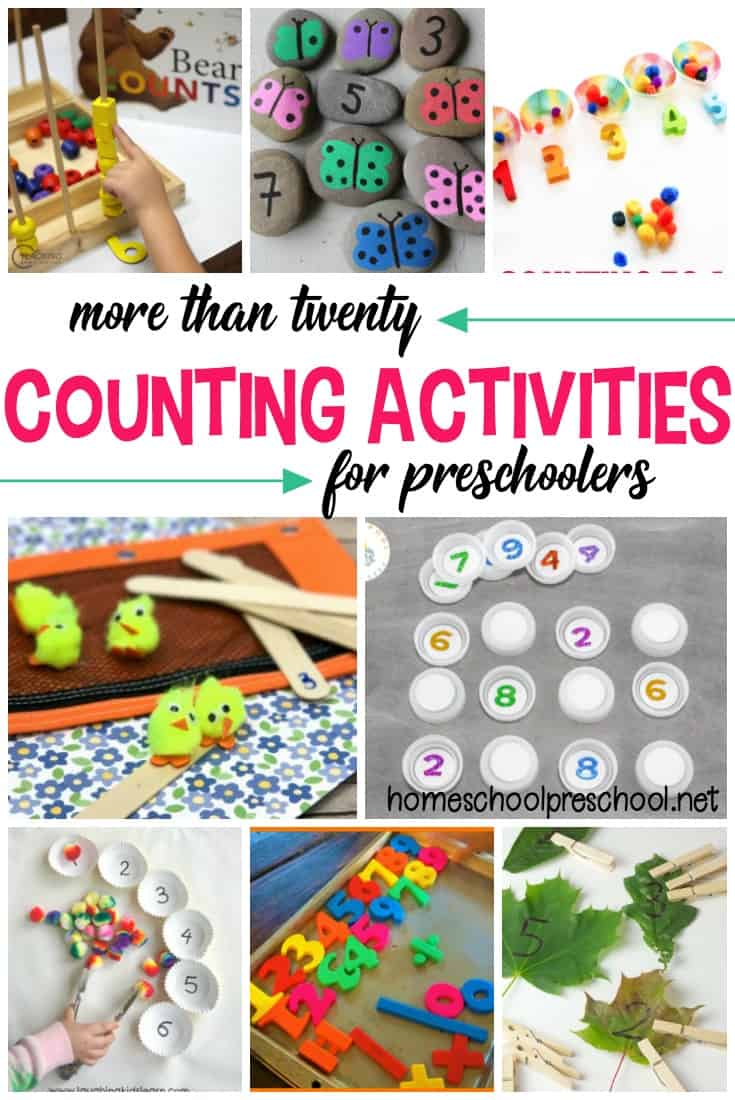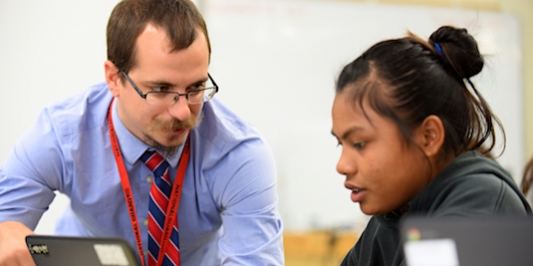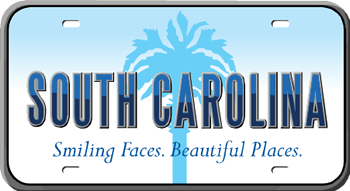
Coding is the equivalent of learning a language. Some people even say that code is the digital age's DNA. Every website, program, application and kitchen appliance that functions depends on code. Coders play an integral part in shaping the modern age. Read this article to learn more.
Scripting
You can automate certain functions and processes by using scripting or coding. You can create scripts to automate a variety of tasks, including emptying recycle bins or sending automated text messages. Programs can also be accessed directly through scripting languages. These languages allow websites and applications to respond to user input via a variety of ways, from clicking buttons to using commands. A script is usually written by a programmer. It runs in a browser program.
Both scripting and coding are important to the development process. However, each language has its strengths and weaknesses. In most cases, programming languages require some level of technical expertise to perform tasks. Scripts are small, but very powerful pieces of code. They are used to automate specific tasks within the main programme. If you are unsure which one to choose, you can learn more about scripting. Once you have a basic understanding of both, you'll be well on your way to automating your workflow.

Text-based code
While many teachers start their careers with block-based code, there are several reasons to switch to text-based code. Text-based Coding allows students to use a range of skills, improve their critical thinking skills, and develop foundational knowledge. It can be a difficult task for beginners, but it is well worth the effort to provide students with the tools they need to be successful. These are five tips to help students master text-based programming.
The first major advantage of text-based coding is its ability to be taught to young children, who lack fully developed psychomotor skills and are unfamiliar with keyboards. Text-based coding languages can also be learned quickly by young children, so even beginners can become quite proficient using them. If a coding enthusiast is sufficiently passionate, they will want to learn more advanced language-based programming. It is useful to learn how to control a machine using text-based programming later.
Error correction
Coding, or error correction, refers to the process of correcting data errors prior to transmission. Similar to parity checks, error correction coding is more commonly used in network transmission hardware as well as data storage systems. The method stores the code-specific bit sequence together with data. Additional bits are available to store the code. The system records errors detected by it and attempts to determine the source.
To identify data errors, error-correcting codes use parity. Parity bits are used to identify errors in the outer code. This process requires a number of parity bits that varies with the information bits. Hamming codes use the relationship between redundancy bits, data bits, to detect errors in data transmission. This can be used to detect digital errors. It is possible to increase error-correction rate by using parity.

Experimentation
Which is more helpful when writing code: coding or experimentation? Although experimentation can spark your passion, it can also help to classify and understand what you learn in the book. Many people have different opinions about which method is best: reading from books, learning computer science, or practicing coding. Most programmers will have different opinions. Some programmers actually prefer to code and experiment.
In the above example, you can see a form being opened with an invisible input called RT. This input is usually hidden, but in this demo it is displayed at the bottom. You can choose to have the form contain a datafile (or a string of datavalues). The main experiment window opens full-screen after clicking the submit button. The data is then sent back to the parent window after it has finished. A submit button is an example of how data can be sent to a server.
FAQ
What are the differences between early childhood education?
There are many ways that early childhood education can be described. The most common are:
-
Preschool - Children ages 2 to 5
-
PreKindergarten- Children from 4-6 years of age
-
Head Start/ Headstart for children ages 0-3
-
Day Care/ Daycares for children 0-5
-
Child Care Centers – Children aged 0-18
-
Family Childcare - Children between 0 and 12 Years Old
-
Homeschooling - Children from KG to 16
How do you apply to college?
There are many methods to apply to college. Contact your high school guidance counselor to get started. Many high schools use online applications. Contact local colleges for more information. Many colleges accept applications via the Internet.
You can apply by mail, but you will need to complete the application and write a personal essay. Also, send copies of any required documents. Your personal statement is a chance to explain why you are interested in attending this institution and what it would mean for you. It is also helpful for admissions committee members to understand your goals, motivations, and values.
On our website, you will find samples of essays that can be downloaded.
How long does it take to become an early childhood teacher?
The bachelor's degree program in early childhood education takes four years. It will take you two years to complete the required general education courses at most universities.
After completing your undergraduate studies, you will usually enroll in graduate school. This step allows for you to specialize in one area of study.
For example you could focus on child psychology, or learning disabilities. After earning a master's, you must apply to a teacher preparation program.
This process will take several more years. This is a time when you will learn real-world skills from experienced educators.
Final, you must pass the state exam before you can start teaching.
This process takes several years, which means you won't be able to immediately jump right into the workforce.
What is a "Trade School"?
Trade schools provide an alternative pathway for students who have not achieved success at traditional higher educational institutions to earn a college degree. They provide career-oriented programs to help students prepare for specific occupations. Students enrolling in these programs typically complete two years of coursework in a single semester and then enter into a paid apprenticeship program where they learn a job skill set and receive on-the-job training. Trade schools can be vocational schools, technical colleges or community colleges. Some trade schools offer associate degrees.
What's the difference between college and school?
Schools are usually organized into classes (or grades) with a teacher who teaches a group of students. Colleges, which are often larger and offer more specialized classes, may also include university-level programs. Colleges may focus more on business and science while schools will usually only teach basic subjects. Both levels have a curriculum that prepares students for higher education.
What is vocational school?
Vocational schools offer programs specifically for people who wish to pursue a career in a certain field. They can also offer training in specific skills and general education.
Vocational education is an essential part of our society as it helps young people acquire the skills necessary to succeed in their lives. It provides high-quality learning opportunities for all students.
A vocational school gives its students many options. This includes certificates, diplomas/degrees, apprenticeships, certificates as well college transfer programs and other postsecondary credentials. Vocational school students learn both academic subjects and more practical subjects like math, science, English or social studies.
Is becoming a teacher difficult?
You must be a teacher. It will require you to dedicate a lot of time to your studies.
You can expect to work 40 hours per semaine while earning your degree.
You will also need to find a job that suits your schedule. Many students report having trouble finding part-time jobs that allow them to balance their schedules with schoolwork.
After you have been offered a permanent position, you will be expected to teach classes throughout the day. You may be required to travel across the country to teach classes during the week.
Statistics
- “Children of homeowners are 116% more likely to graduate from college than children of renters of the same age, race, and income. (habitatbroward.org)
- These institutions can vary according to different contexts.[83] (en.wikipedia.org)
- In most developed countries, a high proportion of the population (up to 50%) now enters higher education at some time in their lives. (en.wikipedia.org)
- Globally, in 2008, around 89% of children aged six to twelve were enrolled in primary education, and this proportion was rising. (en.wikipedia.org)
- And, within ten years of graduation, 44.1 percent of 1993 humanities graduates had written to public officials, compared to 30.1 percent of STEM majors. (bostonreview.net)
External Links
How To
What is vocational training?
Vocational Education prepares students for work by giving them skills that are required for a specific job, such as welding. You can also get on-the job training through apprenticeship programs. Vocational education differs from general education because it focuses on preparing individuals for specific careers rather than learning broad knowledge for future use. Vocational training is not designed to prepare individuals for university but rather to assist them in finding jobs upon graduation.
Vocational education could be offered at all levels, including primary schools, secondary school, colleges and universities, technical schools, trade schools as well community colleges, junior college, and four-year schools. There are also many specialty schools like nursing schools and law schools, legal schools, medical schools and dental schools as well as veterinary medicine, veterinary medicine, firefighting, police academies and military academies. These schools offer both practical and academic training.
Over the last decade, several countries have made significant investment in vocational education. However, the effectiveness of vocational education remains controversial. Some argue it doesn't improve students' employability, while others argue it prepares them for the future.
According to the U.S. Bureau of Labor Statistics (47% of American adults are currently holding a postsecondary certificate/degree related to their current job), this figure is higher among those with more education. This figure is higher among those with more education: 71% of workers aged 25-29 with a bachelor's degree or higher are currently employed in fields requiring postsecondary credentials.
According to the BLS, nearly half of America's adult population held at least one postsecondary credential in 2012. About a third of Americans were able to obtain a twoyear associate degree. Another 10% had a fouryear bachelor's. One out of five Americans held a master's degree or doctorate.
The median annual salary for people with a bachelor's was $50,000. This compares to $23,800 for those who don't have a degree. The median salary for people with advanced degrees was $81,300.
The median wage for those who didn't complete high school was $15,200. The median annual income for those with less than a high-school diploma was $13,000